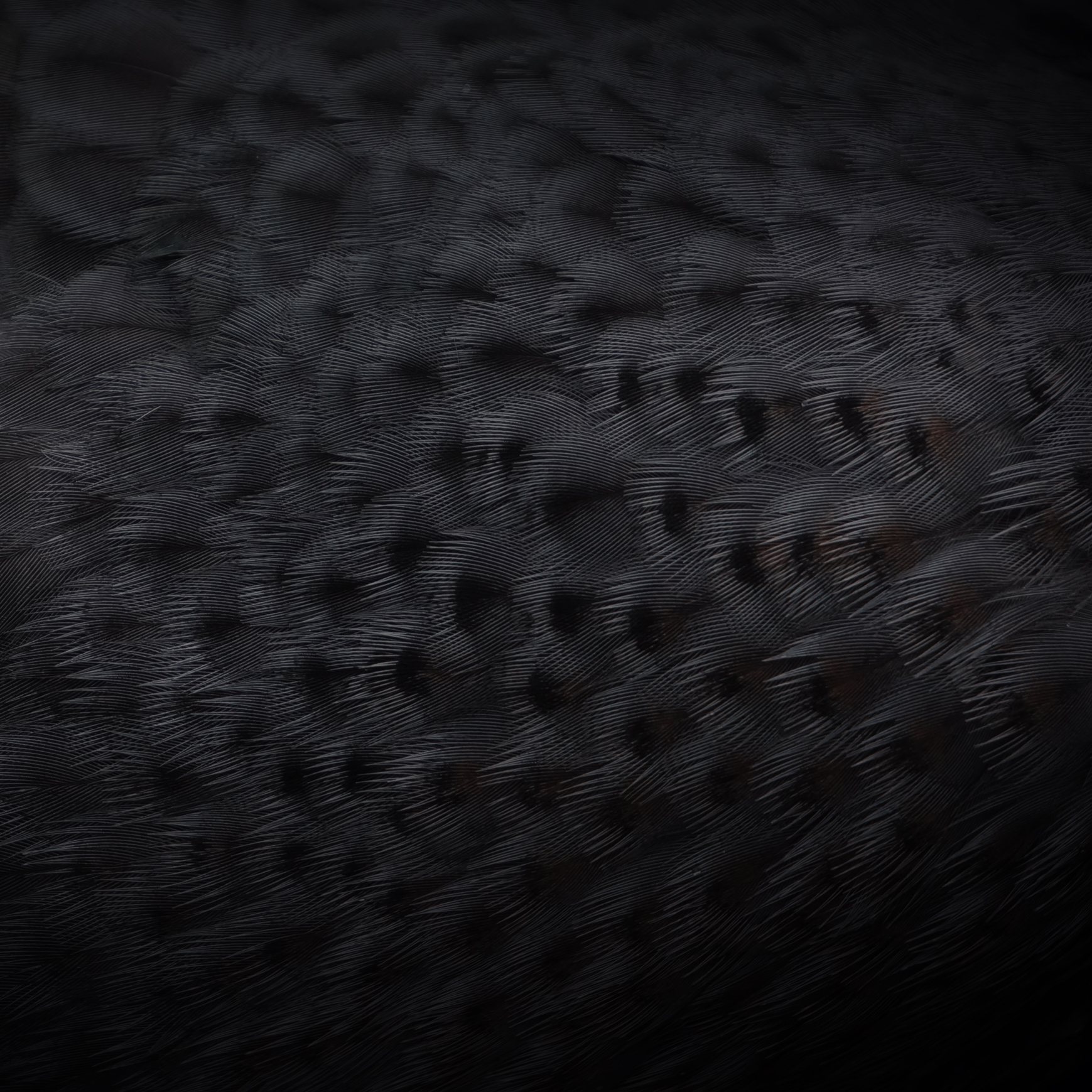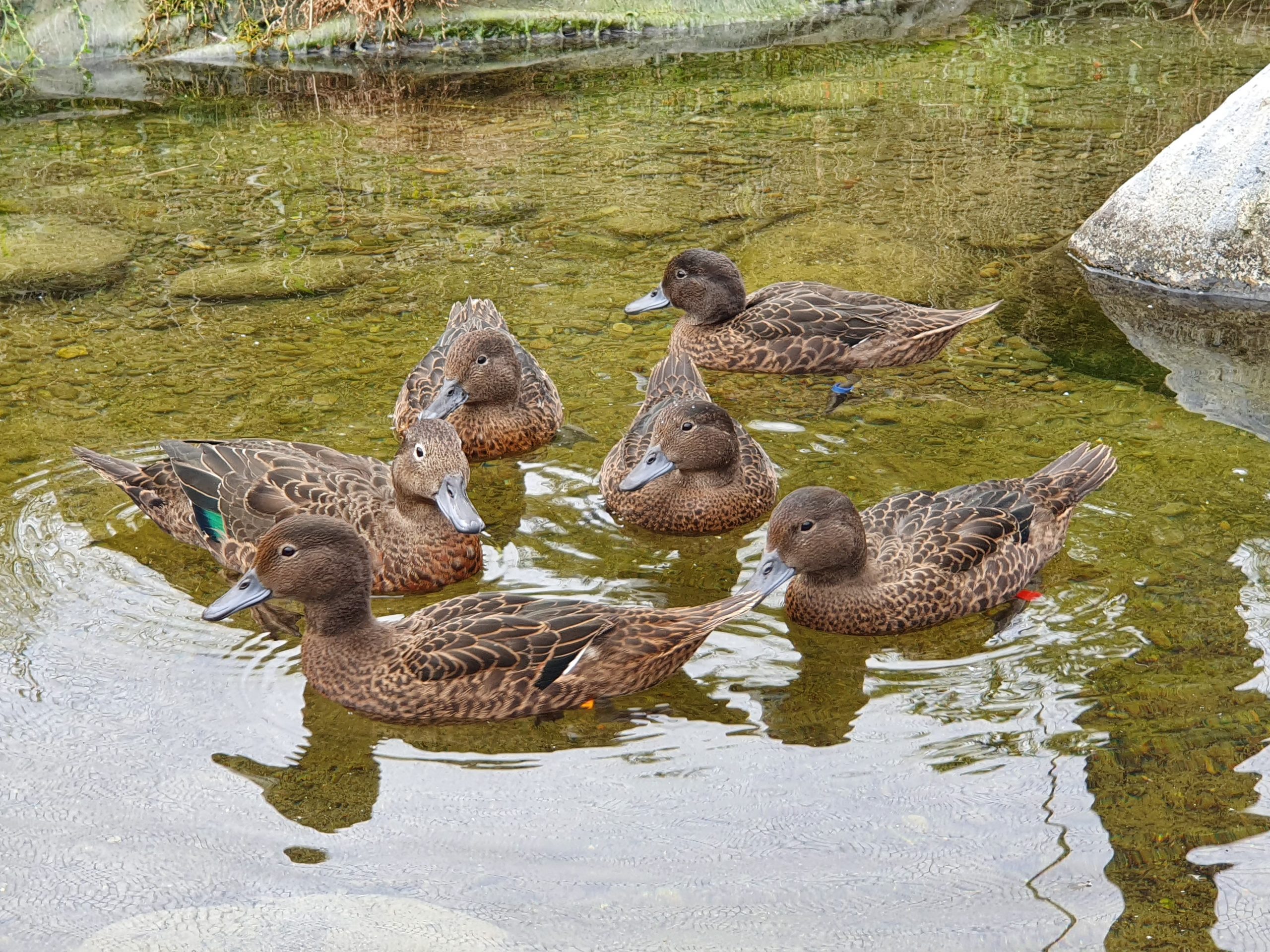Resident Pāteke
On 21 May 2025, this new pāteke pair joined our centre. The male hatched October 2024, at Isaacs Conservation and Wildlife Trust, Christchurch. The female hatched August 2024, found orphaned on Great Barrier Island.
Pāteke are flock mated, meaning they’ve chosen their own partners rather than having their pairings selected for them.
The pāteke breeding season begins in July and runs until September each year (although they can still breed through Spring and Summer). Pāteke can produce one to three clutches a year with 5 to 7 ducklings per clutch.
Like much of New Zealand’s wildlife, both male and female pāteke have the same colouring but during breeding season our male pāteke shows off his beautiful breeding plumage which consist of a bright white ring around his eyes and a green iridescent colour on his neck feathers. Female pāteke are also smaller than males.

